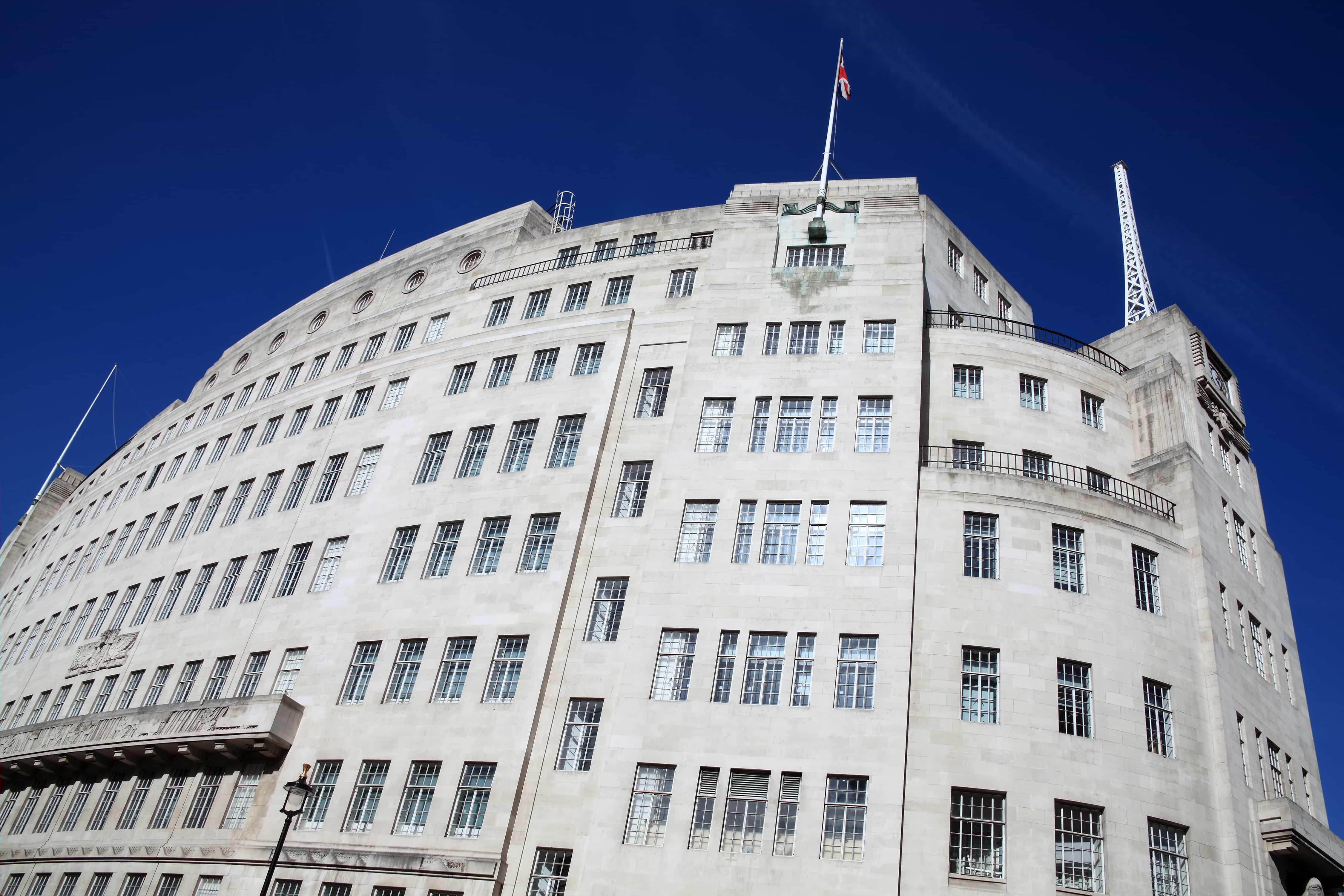A rethink on refurbishment
The market for the refurbishment of office schemes in London is a buoyant one.
Refurbishing existing stock is one of the most cost efficient ways of creating Grade A office space. It can also be a good option for clients who want more flexible, communal spaces.
The value in older
Many developers are recognising the value in older stock; retaining character and the location, and strengthening the sense of place. This is supported by our research with the British Council for Offices (BCO) which has found that the technology, media and telecom ( TMT) sector is more interested in location and character than modern, new buildings. Overall, they’re interested in the details and the quality of fit-out rather than the external fabric of the building.
Derwent’s Angel Building in north London, where we provided cost consultancy services, is a good case in point. The developer’s move to keep the frame and increase the floorplate dramatically on the same footprint has made it a workable building, attracting serious tenants in the process.
Speed to market
Speed to market is one of the greatest benefits of refurbishment. Especially given planning timeframes involved with new builds. Also, shorter more flexible leases are being offered compared to previous years, giving rise to the need to refurbish office buildings which are adaptable and meet the changing needs of tenants’ individual demands. Such tenants tend to be the smaller, younger companies, as with the Tea Building in Shoreditch, east London.
Typical features in such buildings include exposed mass, tall ceilings, openable windows, indirect lighting and underfloor air supply, which constitute a recognised, cost-effective, and quick set of building elements.
Cost savings
Depending on the level of refurbishment desired, they generally cost 10 to 75 per cent less than a new build, and result in reduced build-time and planning costs.
Re-energise
Many of the office developments of the 80s and 90s are now facing enhanced energy standards which means refurbishment is becoming a necessity to comply.
While office refurbishments generally have far less environmental impact than new builds, one of the key challenges of this market is the amount of waste such projects produce.
However, systems such as the UK’s SKA environmental assessment rating tool for sustainable fit-outs, which we developed for the Royal Institution of Chartered Surveyors, help tenants and developers measure the probable impact of the project on the environment against specific sustainability criteria. Office refurbishments can also offer the chance for a building to achieve a BREEAM built environment sustainability standard.








